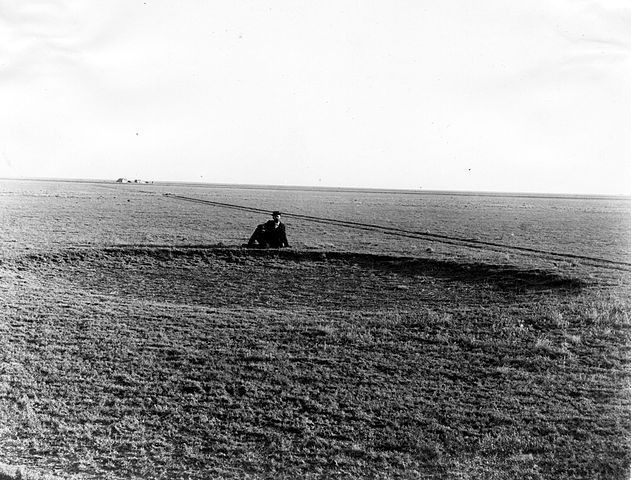Regional Issue, National Impact: Water Levels in the High Plains Aquifer Falling?

Experts at the U.S. Geologic Survey agency say that although groundwater levels in the aquifer beneath Nebraska have generally remained healthy, they cannot be sure this will continue as farmers actively irrigate.
Steve Peterson, lead hydrologist for the High Plains Groundwater Availability Study, said nearly one-third of all groundwater pumping for irrigation in the United States is done in the High Plains Aquifer. "This is important at a national level," he said.
In the United States, groundwater is the source of drinking water for about half the total population and it provides over 50 billion gallons per day for agricultural needs.
The High Plains Aquifer System, commonly known as the Ogallala Aquifer, underlies about 174,000 square miles of eight states: South Dakota, Nebraska, Wyoming, Colorado, Kansas, Oklahoma, New Mexico and Texas. The amount of water stored underground in the aquifer varies dramatically across the region.
"A lot of people do talk about doom and gloom for the Ogallala," Peterson said, "and I can see why they have that understanding, especially in the southern part."
Groundwater levels in Texas and other Southern Plains states have fallen more than 150 feet compared to the era before irrigation. Peterson said the aquifer's future will depend on regulations and water-management decisions made by farmers and officials.
Where surface water, such as lakes and rivers, are scarce or inaccessible, groundwater supplies many of the hydrologic needs of people. Groundwater depletion, a term defined as long-term water-level declines caused by sustained groundwater pumping, is a key issue associated with groundwater use.
Many areas of the United States are experiencing groundwater depletion, which is primarily caused by sustained pumping. Groundwater pumping can cause a drying up of wells, reduction of water in streams and lakes and a deterioration of water quality, among other issues.
A new report due out this fall will look at groundwater modeling. Peterson said, water users know they are mining a limited resource and further restrictions on irrigation might be necessary.
"It certainly seems like the opportunity for managing the system always comes down in the end to what sorts of choices people are willing to make," Peterson said.
The Lincoln Journal Star reported that U.S. Geologic Survey Agency experts who routinely study the Ogallala say they can't predict how the aquifer will fare. The Ogallala is composed primarily of unconsolidated, poorly sorted clay, silt, sand, and gravel with groundwater filling the spaces between grains below the water table.
Published by Medicaldaily.com



























